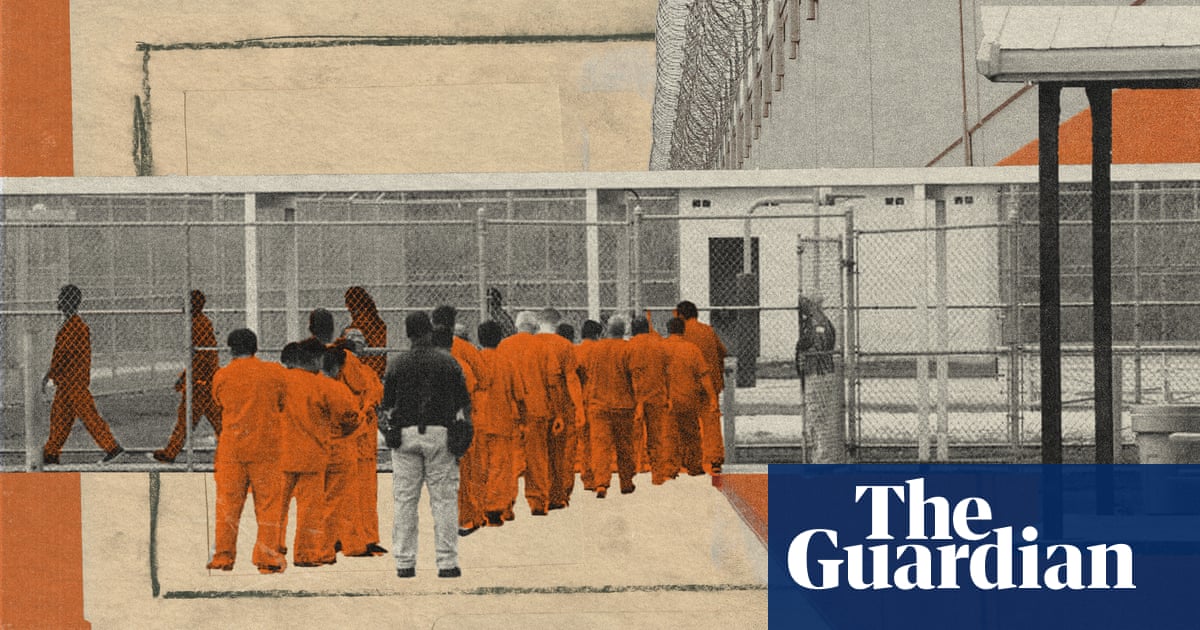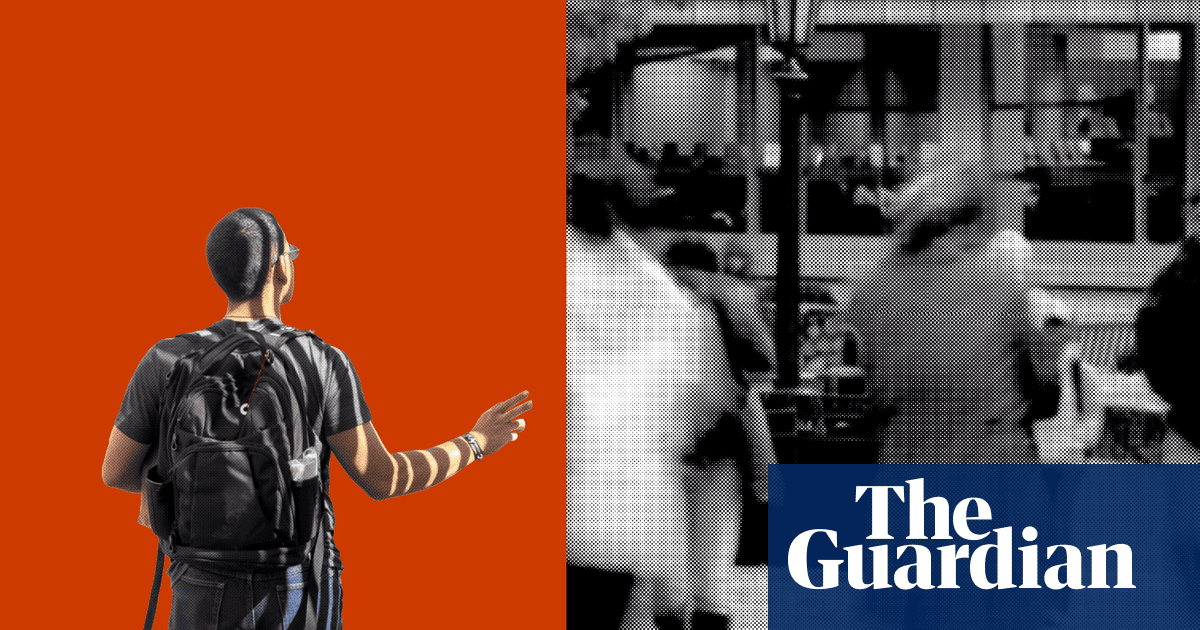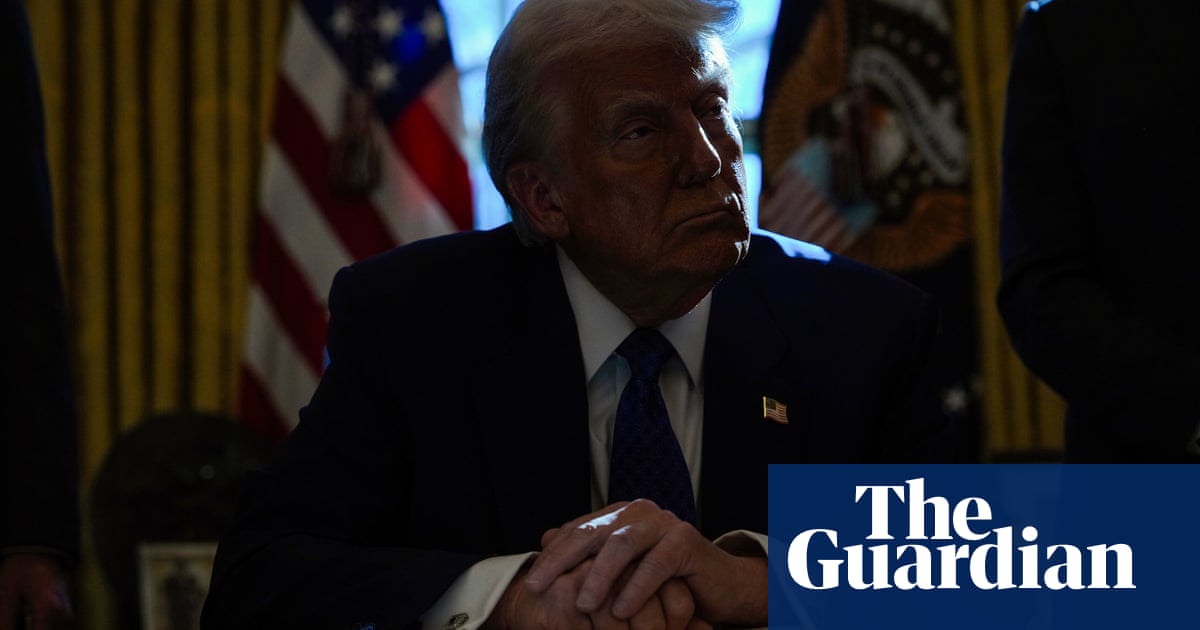American higher education is living its RMS Titanic moment. The multi-trillion-dollar United States academic-scientific complex, led by the richest and most highly coveted universities in history, remains the envy of the world. “American University Inc” is one of the US’s top exports and among its most valuable stocks. Brands such as Harvard, Columbia, Stanford and so many others are revered worldwide as symbols of academic excellence, independent thinking, breakthrough innovation and prestige. No other university system in the world comes close to amassing as much capital – financial, human, cultural and social – as the mighty American one.
Until now.
For decades, American University Inc has cruised at full steam through prosperous and pristine waters. Until, in 2025, it hit a colossal iceberg – in this case, a ruthless dealmaker and Ivy League graduate returned to the White House for a vindictive mandate. What has unfolded since then was unimaginable even a few months ago: the once unsinkable ship of US higher education is suddenly making water.
From California to New York, imposing cathedrals of higher learning are bleeding from a violent collision with an unbending obstacle. The founder of Truth Social is demanding nothing but absolute subservience from the US temples of truth-seeking.
The first casualties of this titanic shock can be estimated by the tens of thousands. In the vulnerable lower decks of the ship, overburdened and highly indebted students, early career researchers and Visa holding scholars – whose sweat and undervalued labor power the steamship of US academia – are drowning in the cold invisibility of academic darkness. Middle Eastern studies programs, DEI initiatives, affirmative action policies and other long neglected passengers are helplessly descending to the bottom of the ocean. The magnitude of the president’s tariffs on US universities is so large and so unprecedented that it is hard to underestimate their devastating impact.
In the upper chambers of the damaged ship, post-docs, untenured professors, mid-rank crew members and other second-class passengers are scrambling to find some sort of safety amidst the chaos. Meanwhile, Ivy-League presidents, lavishly paid university executives and other distinguished first-class guests are gradually making sense of the tragedy while savoring their hors d’oeuvres. Some have rushed to flood the headlines of liberal media with a tsunami of alarming interviews and op-eds (like this one). As they take notice of the gravity of the impact, university leaders are trying to save their endowments by appealing to deep-pocketed donors and influential networks of lawyers, lawmakers and corporate barons. Other first-classers, for complete lack of shame, character or reason, are trying to cut deals with the iceberg.
Despite the abysmal differences between the individuals and interests aboard, the existential questions in everyone’s minds are fundamentally the same: should I stay or should I go? Should I stay and try to save this ship, or should I jump out before it is too late?
In a recent survey published by Nature, the world’s most popular scientific journal, an astonishing three out of four scientists working in US universities declared that they were considering to leave the country for better opportunities elsewhere.
As they contemplate the majestic ship, now severely bruised and adrift, scientists, students and higher education professionals in the United States – many of them foreigners – are also thinking to themselves: what are we trying to save, anyways? What is this ship all about, after all? What makes US universities so special and worth fighting for?
The answer is academic freedom.
However, in this critical juncture of US higher education, academic freedom has little to do with abstract ideals, or with the utopian Latin mottos inscribed in the gates of so many American university campuses. The carcass of the steamship is now exposed, with its virtues and vices equally visible. The present moment is severe and it demands exceptional resolve. This is no graduation ceremony – the favorite annual ritual of US academia, where awkwardly dressed academic cadres regurgitate 17th century speeches on the freedom to think, learn, research and teach. This time around, rituals and poetic words alone won’t save the ship.
For college students, academic freedom means, in practice, the freedom to learn, free of debt – a liberty that most American learners have long been deprived of. For young adults building the foundations of their professional and civic lives, academic freedom also means the liberty to express themselves fully, and the possibility to share educational spaces with classmates from diverse faiths, genders, ideologies, nationalities and purchasing powers. But even conservative observers such as David Brooks acknowledge that US universities – particularly the richest ones – have failed to address the pervasive impacts of inequality, social media and political radicalism on the education of young citizens.
For professors of mathematics, literature or non-western arts and sciences, academic freedom means the freedom to teach unimpeded by censorship and systematic defunding. That freedom has also been persistently under threat long before the recent iceberg collision. As illustrated by Joshua Travis Brown in his newly launched book titled Capitalizing on College: How Higher Education Went From Mission Driven to Margin Obsessed, US colleges have too often abandoned their emancipating missions in exchange for profit margins.
Likewise, for researchers of all disciplines, academic freedom means securing the basic material conditions for the performance of their daily truth-seeking enterprises: access to labs, libraries and opportunities to share and openly discuss their findings with peers. The US’s edge on that front still exists. But experts agree that the gap is narrowing. Attentive observers of the vast oceans of knowledge know that “academic shipyards” in Asia, Europe and many parts of the post-colonial world are catching up – and their stocks are rising.
Of course, academic freedom also means the autonomy of universities to self-govern, free from the destructive interference of authoritarian governments. As Iveta Silova eloquently observed in a recent op-ed, the past experiences of Nazi Germany and the Soviet Union are only a couple of many stark reminders that when free universities bargain their autonomy, everyone loses.
Without a doubt, everyone – academics or not – should take an unequivocal stand against the US government offensive on US universities. As a matter of principle, no one with the power of saving the sinking steamship should stand aside, with their arms crossed and their eyes closed. As a matter of practice, however, this is a moment of desolation for too many students and scholars in American academia whose plea have been silenced for too long. For them, staying and fighting may no longer be an option.
-
Frederico Menino is senior program officer of Higher Education at Open Society Foundations

 German (DE)
German (DE)  English (US)
English (US)  Spanish (ES)
Spanish (ES)  French (FR)
French (FR)  Hindi (IN)
Hindi (IN)  Italian (IT)
Italian (IT)  Russian (RU)
Russian (RU)  5 hours ago
5 hours ago
























Comments